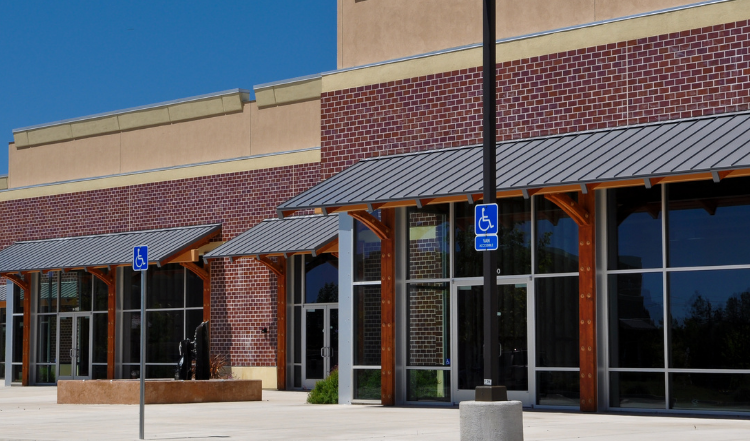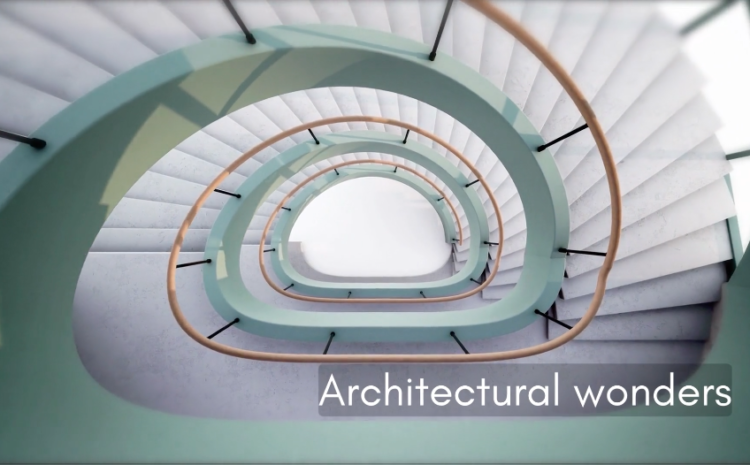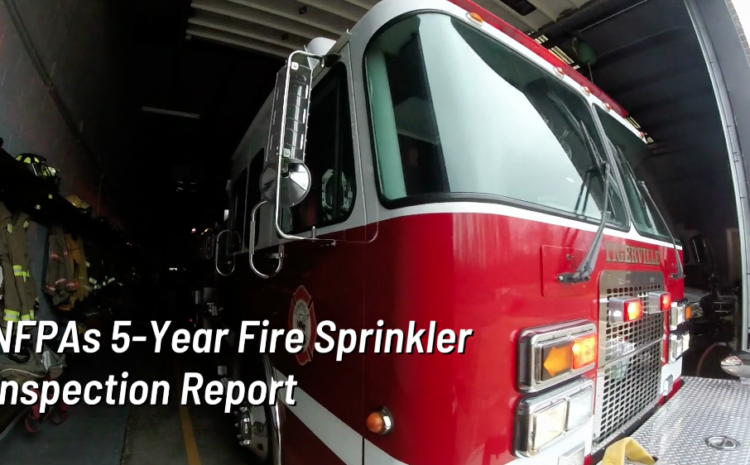
Strip Malls And Shopping Centers: Risks & Exposures
Property exposure for a strip mall or shopping center is typically moderate, particularly as a center often includes one or more fast food or restaurant occupants. Grease and oil from deep-fat fryers, wood burning ovens or rotisserie operations, in addition to regular kitchen setups of gas ranges and ovens, could cause a fire that affects other tenants or worse, the entire building. A complete list of tenants is necessary to accurately determine exposures, with an accounting of all ignition sources including electrical wiring, heating, and air conditioning systems. The building owner must be aware of the electrical demands of tenants and supply them according to code. Conversions and upgrades need to be handled with appropriate permits.
Really, what could possibly go wrong?
Each unit may have a separate heating system, or there may be a boiler to provide heat to all units. All systems must be properly maintained on an ongoing basis. Other property concerns are age, condition, and repair of the building; the size, and configuration of the building including the roof expansion; and the condition and structure of the roof.
Other factors impacting property exposure is unique architecture or design where valuation may be a concern; and the underlying risk associated with shopping centers as attractive soft-targets for terrorism.
Premises liability exposure is often high to very high due to the number of visitors to the premises, with special events posing additional concerns due to crowds. The owner may be responsible for maintaining the building, parking lots, and sidewalks, or they may transfer these responsibilities by contract to a primary tenant. Tenants are normally responsible for the condition of the area they control.
All premises must be well maintained with aisle ways free of debris, flooring in good condition, with no frayed or worn carpeting, and no cracks or holes in flooring. The number of exits must be sufficient and well marked, with backup lighting in case of power failure. Steps should have handrails, be well-lighted, marked, and in good repair. Parking lots, parking garages, and sidewalks need to be in good repair, with snow and ice removed, and generally level and free of exposure to slips, trips, and falls.
Security of visitors through the shopping center, including parking lots, is the responsibility of the owner or operator of the premises. There should be frequent security patrols. Should an emergency situation arise, there should be evacuation plans in place to quickly move tenants and visitors to a safe area. If security personnel are employed, procedures must be established as to appropriate response to their assigned duties. Additional exposure is presented if the security personnel carry firearms. Contractual relationships should be reviewed, and certificates of insurance obtained from tenants, vendors, and subcontractors. Additional insured status should be considered.
Contact us for additional information and to obtain a quote.



